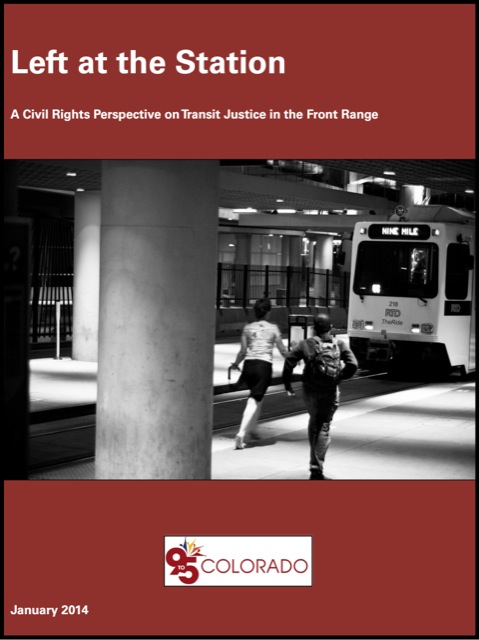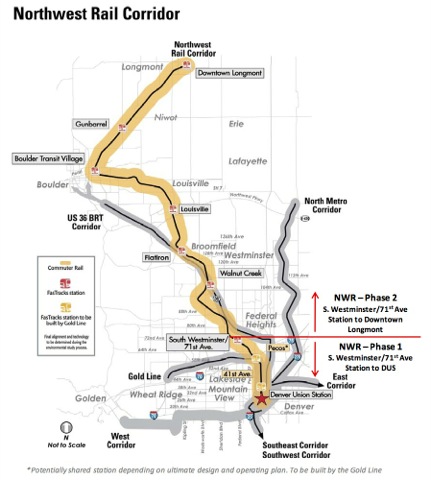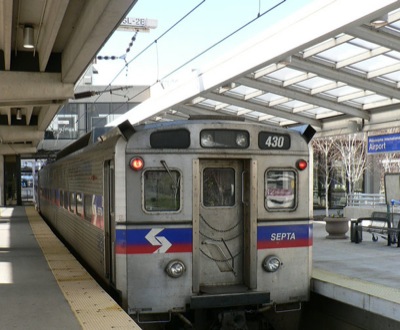When Denver’s Regional Transit District (RTD) opened its West light-rail line last April, it naturally cancelled parallel bus service. But, for many people, riding the light rail cost a lot more than the bus. This effectively made transit unaffordable for some low-income workers, who now drive to work.

Click image to download a 2.6-MB PDF of this report.
A group called 9to5, which represents working women, formally surveyed more than 500 people who live near the West light-rail line, and informally interviewed hundreds more. It found that the light rail had put a significant additional burden on low-income families. In one case, someone who was commuting to work by bus for $2.25 per trip now has to pay $4.00 per trip to take the light rail, a 78 percent increase in cost. 9to5 points out that the cost of gasoline to drive the same distance would be about $1.25.









